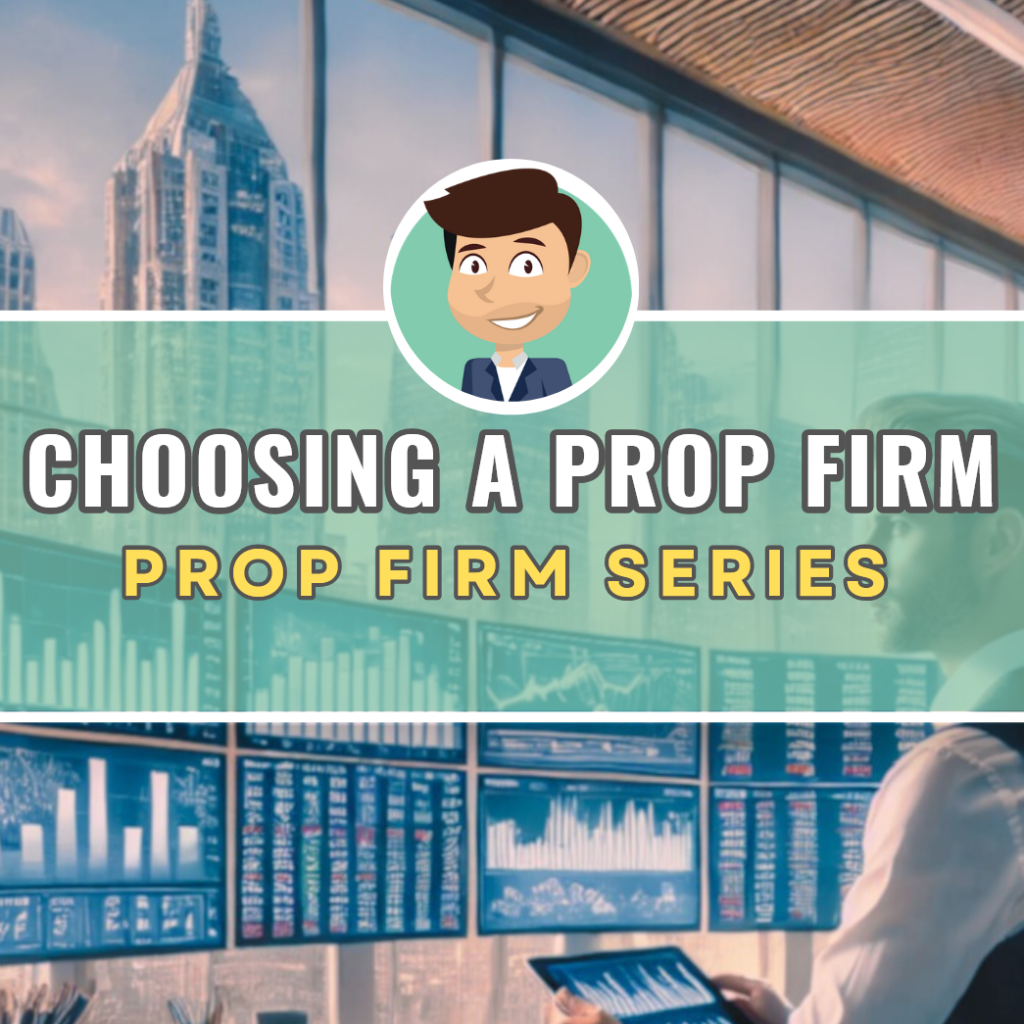Video Transcript:
Hey guys, Sterling here from Trader Dale, back with another video in this prop firm series. We’re diving into some basics around prop firms, the funding process, and various aspects related to them. In this video, we’ll specifically cover five keys to selecting the right prop firm in 2025 and beyond. That’s the title, but honestly, these criteria are timeless. Whether it’s 2022 or 2030, these five factors are, in my opinion, the most important when evaluating a prop firm—or really any service. If you stick to these, you’ll have a solid framework for identifying the best options.
The first key is reviews and reputation. In today’s world, we have robust review processes, especially for prop firms. Trustpilot, for example, does a decent job. You’ll notice that firms with problems tend to have negative reviews, while those without issues receive positive feedback. It’s pretty straightforward. As you evaluate a firm, make sure to check multiple review sites and get a clear picture of their reputation.
The second key is the evaluation process and rules. I often refer to Topstep as an example because their rules are simple. Once you have a funded account, you need five profitable days with at least $200 in profits per day before they’ll pay out up to 50% of your account balance. After 30 profitable days, they’ll pay up to 100%. There are no additional rules about how you trade, other than adhering to the maximum drawdown limit. You can use different position sizes, average down, and so on—though some of these practices are not recommended—and you’ll still get paid.
Apex, on the other hand, has a stricter rule set. However, I think of their rules more as a “cheat code” for profitable trading. Essentially, they’ve analyzed the behaviors of successful traders and built their rules around those findings. For example, profitable traders don’t average down excessively or use inconsistent position sizes. Apex applies these principles as rules, which makes sense. Personally, I’ve never had an issue with Topstep’s payouts, so my motto is, “If it isn’t broke, don’t fix it.”
Before moving on to the next point, I want to take 30 seconds to highlight the Funded Trader Academy. Many of you are familiar with our self-study packages, which are the primary way people access Trader Dale’s content. However, the Funded Trader Academy is a more hands-on, one-on-one experience. You’ll work directly with Dale and our team of funded prop traders. You’ll have access to live trading sessions, opportunities to ask questions, and post-trade feedback, along with video reviews of your trades. It’s a comprehensive, white-glove service designed to help you become a profitable prop trader. If you’d like to learn more, click on “FTA” in the main menu of Trader Dale’s site to book a call and see if it’s the right fit for you.
Now, back to the video. The third key is fees. Here, Topstep shines again, in my opinion. While some firms like FTMO or Apex have cheaper fees, they often come with trade-offs like less flexibility in the evaluation process. Topstep keeps their fees low while offering straightforward rules, which is why they’re a consistent winner for me. Just to clarify, I’m not affiliated with Topstep. If that ever changes, I’ll let you know, but at this point, our head traders at the Funded Trader Academy primarily use them, as do most of our members.
The fourth key is trading platforms. This is another area where Topstep excels, especially with their TradingView integration, which they call “Topstep X.” It’s fantastic. Other firms also offer good integrations, often with platforms like NinjaTrader. You’ll need to determine which platform you prefer and ensure that your chosen prop firm supports it. I’ve listed this fourth because it’s less critical than reviews, rules, or fees. If a firm’s reviews and reputation are poor, it’s a non-starter. Similarly, unreasonable rules can disqualify a firm, while high fees might still be manageable if everything else checks out.
Finally, the fifth key is capital allocation. This refers to what a firm offers in terms of funding. Some firms allow multiple funded accounts, which you can link together to scale your trading. For example, pressing “Buy” on one account can execute trades across all linked accounts. While this is an important factor, it’s lower on my priority list because scaling becomes relevant only after you’re consistently profitable. The hardest part is reaching profitability, which is why programs like the Funded Trader Academy focus so heavily on this stage. Once you’re consistently profitable, scaling becomes much easier.
So, there you have it—five keys to selecting the right prop firm. While the title mentions 2025 and beyond, these metrics apply to any year. Whether you’re choosing a prop firm or evaluating another type of service, keeping these criteria in mind will help you make better decisions. Thanks for watching, and I’ll see you in the next video!
